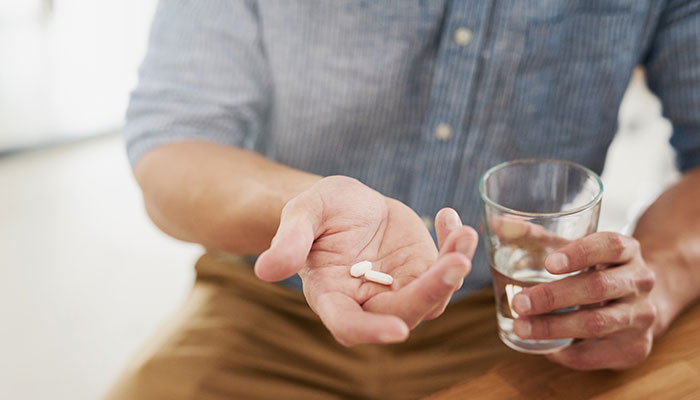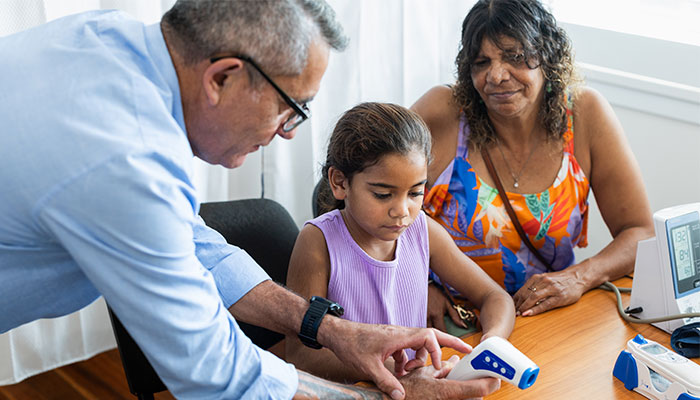Humanity and bacteria have always been engaged in an arms race, with human inventiveness on one side and the ability of bacteria to evolve rapidly on the other. Rapid evolution has helped some varieties of bacteria to develop resistance to most, and in some cases all, of the antibiotics in our current arsenal.

Now Dr Amy Cain and her colleagues may have found a new weapon – one that uses novel techniques to mobilise the body’s own defences. Their results were recently published in Nature Communications.
Cain says, “Antimicrobial-resistant organisms kill 700,000 people a year. And now, we’ve hit a new crunch point: COVID-19-related hospitalisations could greatly increase that number because hospitals, unfortunately, are hot spots for drug-resistant bacteria.”
It works powerfully against a range of multi drug-resistant and extensively drug-resistant strains, including those resistant to last-resort antibiotics ...
Previously, we’ve found antibiotics in common sources like fruit mould and soil, but now, with the older classes of antibiotics failing and pharmaceutical companies desperately trying to find replacements, researchers are bringing some new tools to the search.
When we derive antibiotics from nature, we’re using tools that life has found a way to make. And what life has found a way to make, life also finds a way to resist.
Cain explains, “One common kind of bacteria – Gram-negative bacteria – have proven to be particularly good at this. These bacteria exist just about anywhere on Earth that supports life. They include some nasty ones – Escherichia coli; Pseudomonas aeruginosa, which can be responsible for pneumonia, septic shock, urinary tract infection, gastrointestinal infection, skin and soft tissue infections, and ultimately, death; Chlamydia trachomatis, which can cause pelvic inflammatory disease and infertility; and Yersinia pestis – the Black Plague. And that’s just a few of many.”
Gram-negative bacteria have an outer membrane that protects them from many antibiotics (including penicillin); detergents; and antimicrobial enzymes that are part of our own immune system. They have evolved resistance traits that cover all the pathways targeted by current antibiotics.
Peptides could hold the key
One way of getting around their defence mechanisms is to directly target and disrupt their protective membrane. Only one class of antibiotics that does this, polymyxins, has been approved for treating drug-resistant Gram-negative infections. Unfortunately, the dose needed to treat a patient is very close to a toxic dose. They are toxic to the kidneys even at the minimum dose needed to work. And even these last resort antibiotics are encountering resistant bacteria.

So what about fighting them by designing tools life hasn’t yet found a way to make?
Peptides, (short strings of amino acids that form the building blocks of proteins) with antimicrobial properties are found in a wide variety of life forms. Most of them can kill microbial pathogens directly. Some others act indirectly, by affecting the host defence systems.
These peptide antibiotics are abundant, and relatively easy to produce on an industrial scale, but they are often hard to get into a cell. Antimicrobial peptides that can mobilise the patient’s own immune system are, in theory, an alternative to traditional antibiotics.
Cain says, “We wondered whether it was possible to design antimicrobial peptides that follow the basic structural ‘rules’ of substances that have been successful against Gram-negative bacteria”.
They took an antibiotic peptide derived from marine lugworms as a guide. This works quickly and effectively in vitro against various multi drug-resistant and extensively drug-resistant Gram-negative bacteria, but it is toxic to cells, and can destroy red blood cells.
Then they tweaked it.
- The new taboos: how COVID-19 is changing our social world
- Smart UV sensor a world-first to alert users to over exposure
They designed a series of compounds with a similar structure, but with some components removed or deliberately mutated, keeping the peptide backbone and the secondary structure needed for it to work as an antimicrobial. Cain says, “I applied a functional genomic technique called transposon directed insertion sequencing (or TraDIS) to uncover on a molecular level the antibiotic’s multi-pronged mode of action”.
The result is a broad-spectrum antibiotic that has shown to be effective in mouse models. It is less toxic than the substance it is based on, and doesn’t destroy red blood cells. It works powerfully against a range of multi drug-resistant and extensively drug-resistant strains, including those resistant to last-resort antibiotics, and is effective against some of our high priority pathogens.
Although these results are in mouse models, which means it’s early days yet, these are exciting results – the paper was the editor’s pick for the edition. They open up a whole new range of possibilities for fighting diseases we had few options left to treat.
Dr Amy Cain, is an ARC DECRA Research Fellow in the Department of Molecular Sciences, Macquarie University.



